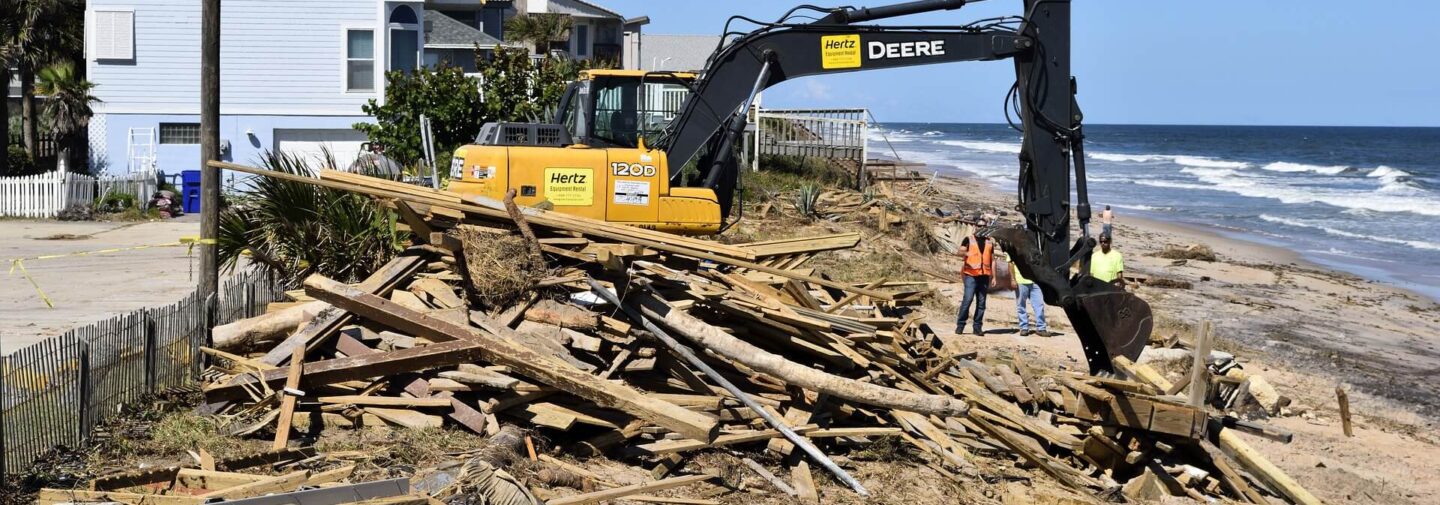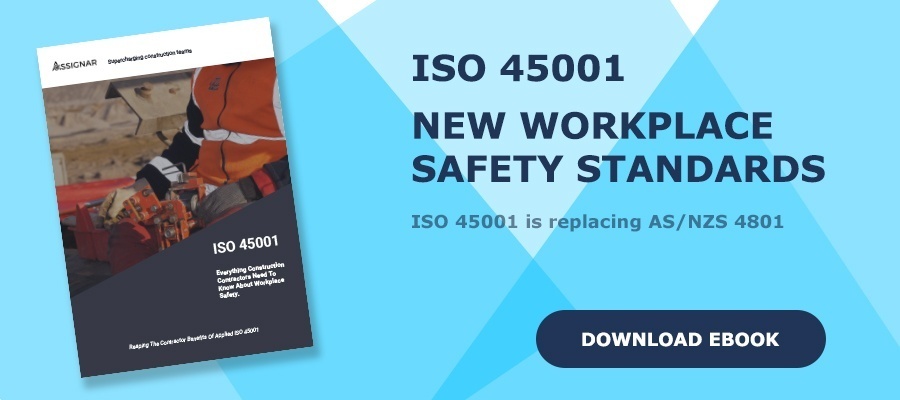Construction Disaster Readiness – Tips On Storm Preparedness For Construction Jobsites
Never think that major storm preparedness is isolated to homeowners, insurance companies and government entities. After all, we just witnessed televised visuals of a South Florida tower crane as it collapsed onto an under-construction high-rise near the American Airlines Arena. Later in that same day, Miami City Manager Daniel Alfonso followed up with reports involving a second collapse wherein a tower crane struck an under-construction building in the downtown area of the city. Shortly thereafter, reports came in of a third incident wherein a tower crane collapsed onto an under-construction high-rise in a Bayfront area near American Airlines Arena (WPTV West Palm Beach, Storm Team, Hurricane IRMA, “Irma’s Winds Damage 3 Cranes In South Florida“).
Construction disaster readiness is about advance planning so as to ensure rapid response to incoming storms and other possible jobsite natural risk factors. How well construction projects fair during events of natural disaster often directly corresponds the existence of a predefined storm preparedness program.
For storms, expect a 48 to 60 hour window of readiness opportunity. Keep alert. Know immediately as soon as the National Weather Service predicts possible hurricane landfall. Take time to reorganize. Now is the time to activate your major storm preparedness program. As an immediate response to the incoming threat, consider the following actions:
Securing Construction Materials
- Pull in any materials necessary in helping you secure the site against disaster damage
- Hold off on bringing in building materials that are not immediately necessary
- Perhaps even consider shipping some materials to an offsite and out of danger storage area
- Secure all remaining tools and equipment
- Secure portable relief stations
- Clear out clutter and debris.
- Call in an early dumpster pickup
- Cover and secure sand piles, gravel storages and lightweight metals
- Strap down and anchor loose lumber, plywood and even steel
- Collect and protect existing jobsite markers, signage and the permit board.
Managing Jobsite Activities
Ok. So job delays are costly. But not near so expensive as loss of equipment, major project reworks, or the possibility of injury or death to workers, operators or leadership.
With a 48 to 60 hour window, contractors have sufficient time to organize a cost-efficient 24-hour stop of ongoing construction activities. Aside from time-sensitive structural processes, local building departments don’t plan to do routine inspections during the height of a major incoming storm. Slow down on the unnecessary. Now is the time to activate your “managing jobsite activities ” component of the construction disaster readiness program. Incorporate the following components:
Establish Project Priorities – With first focus on high-risk jobsites, centering also on sites that pose greatest danger to populated areas. Lastly, focus on sites with more remote possibilities of damage.
Subcontractors – Advise subs of delays. Enlist subs as helpers in securing jobsites
Utilities – Locate and turn off electricity, gas, water and other utilities
Contact Details – Ensure that employees, subs and vendors know not to return until the storm threat has passed way, including special safety issues that often remain long after the winds have vanished.
Personal Business – When all is said and done, make sure you have also arranged to protect your personal home and family.
Components within the cloud-based Assignar workforce and asset allocation and planning software package can help you simplify organization and creation of a reliable Major storm preparedness program for safety on the jobsite. Click here for more details.






